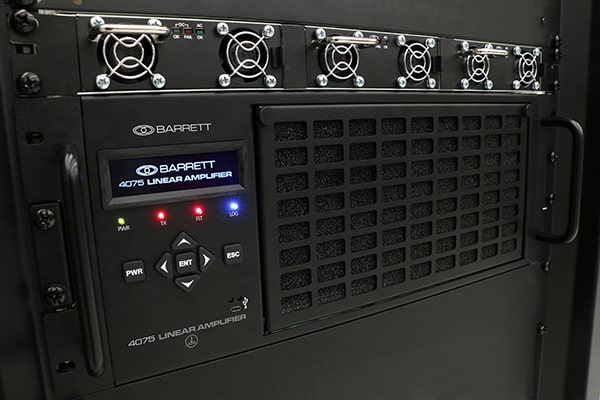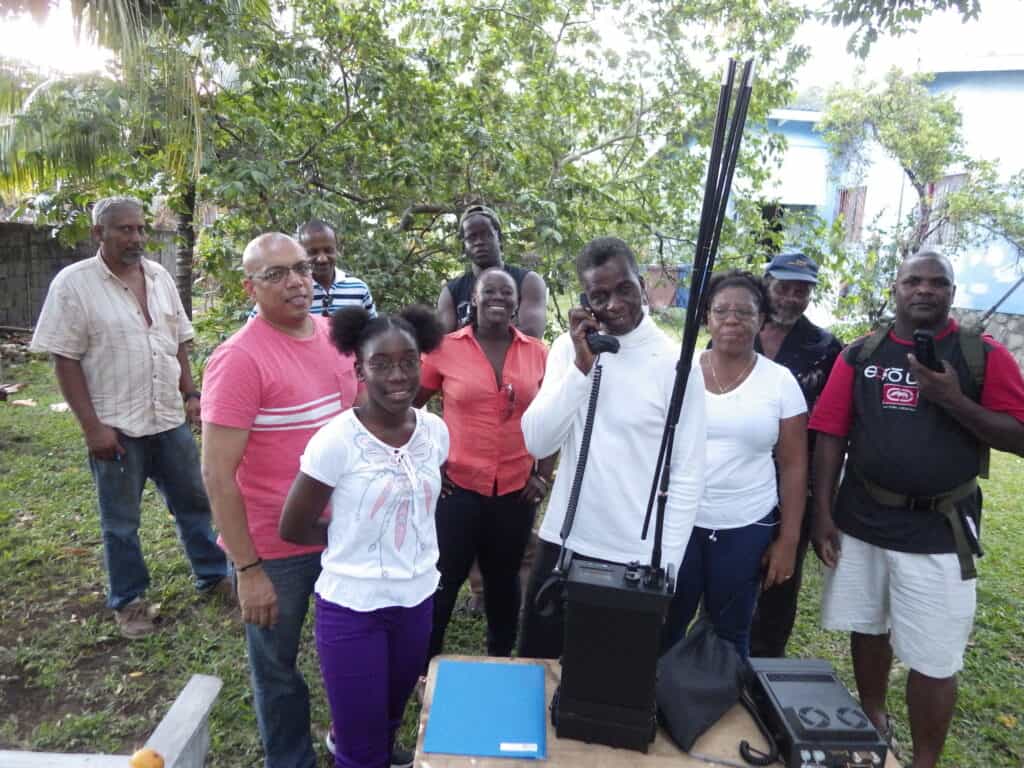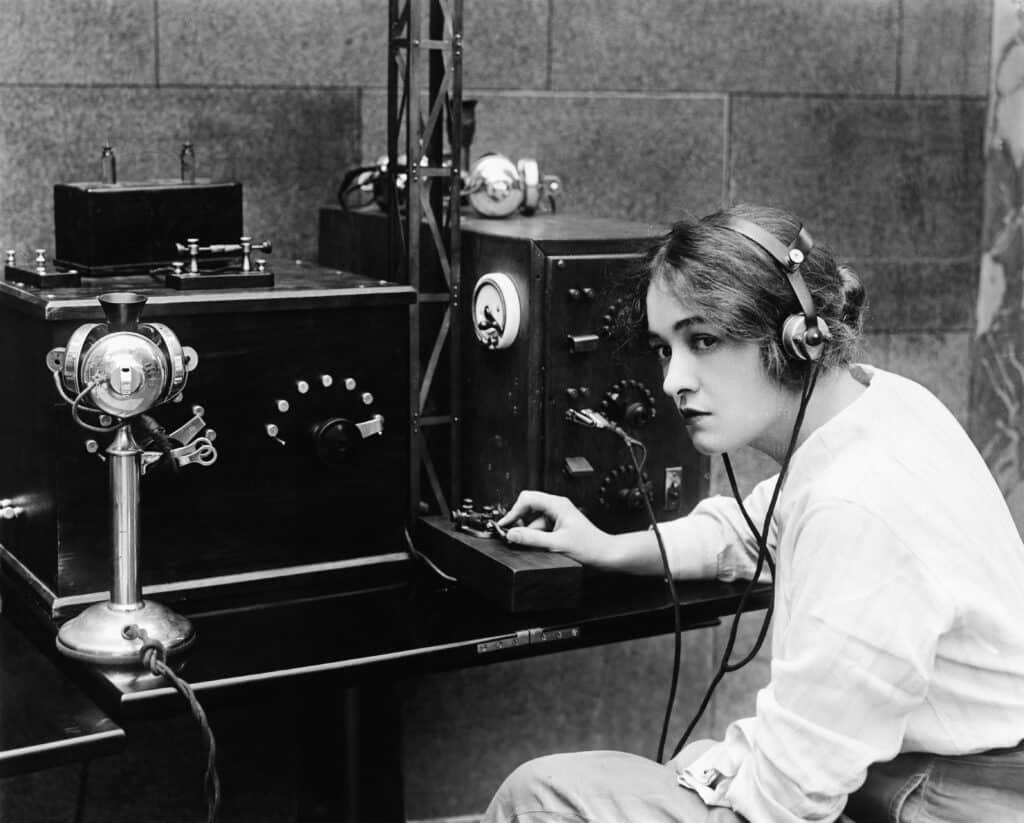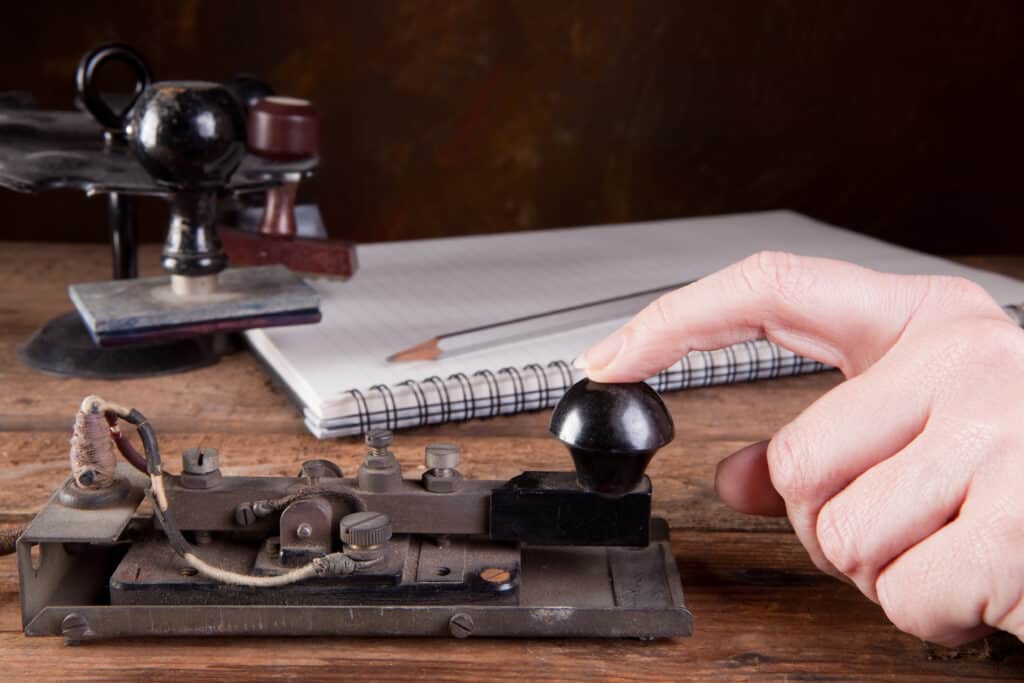Why HF radio needs to be part of your disaster planning
Why HF radio needs to be part of your disaster planning
Natural disasters often come without warning. While in most cases these occur without major consequence, there’s no telling the full extent of the damage a devastating event could cause your area. For those in critical sectors, such as hospital workers or power plant technicians, it’s vital to have a communications contingency plan in place for the worst case scenario.
What makes good disaster planning?
For businesses, there are two plans that should be included in a disaster strategy. The first is a business continuity plan, which is a document outlining how business owners and employees should act in the event of a natural disaster or disruption of any sorts to communications, including how to respond when business operations are down. Secondly – and arguably more importantly – is a disaster recovery plan, demonstrating how to get the business back up and running as quickly as possible.
For critical sectors, this should not only include backup generators, but a communications strategy too. In instances of flood, earthquake, or other disasters where widespread damage is caused, HF radio is the equipment best suited for clear and secure communication.
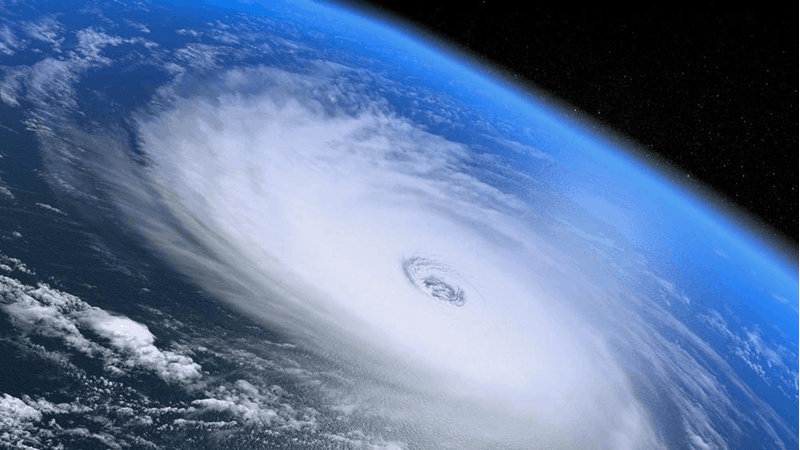
There’s often no warning for when a natural disaster will strike – for this reason, it’s essential that critical sectors are prepared for the worst.
How is HF radio suited for disaster communication?
HF or high frequency radios function by propagating waves of data through to the ionosphere. This information is then bounced back to Earth, where they can be decoded by transceiving radios programmed to intercept the broadcast. Modern technology has heightened the function of these radios, allowing for a range of additional security and technical features to further communication.
1. Digital signal processing
Fully operational without existing infrastructure, HF radio remains functional even in the presence of extreme weather such as hurricanes. The Barrett 4050 HF SDR transceiver takes this operation a step further with digital signal processing, which isolates voice data from background noise for a clearer broadcast. The need for concise communication is crucial in disasters so that critical sectors can keep lines of contact open and execute their business continuity plan as soon as safely possible.
2. Interoperability
It’s vital for critical sectors to maintain contact with outside groups, especially for hospitals making contact with relief teams and paramedics. Fortunately, HF radio is readily operable with a range of communications devices including smartphones. These radios can be controlled remotely with the use of smart devices, too.
3. Secure contact
Modern HF radio allows for a range of security features to ensure that data is only accessed by authorised parties. These features include:
• Frequency hopping, meaning a signal can only be decoded by transceivers programmed to hop to frequencies in a specific pattern.
• Secure calling, requiring a four or six digit PIN to establish a communication link.
• Encrypted data transmission, where voice messages are scrambled and can only be decoded by transceivers with the same key as the broadcaster.
Security is a major factor to consider in disaster planning, as an interception of information may slow down relief efforts or expose you to harmful action among the disruption.
For more information on which Barrett Communications equipment is best suited as part of your disaster planning, get in touch with our team.



